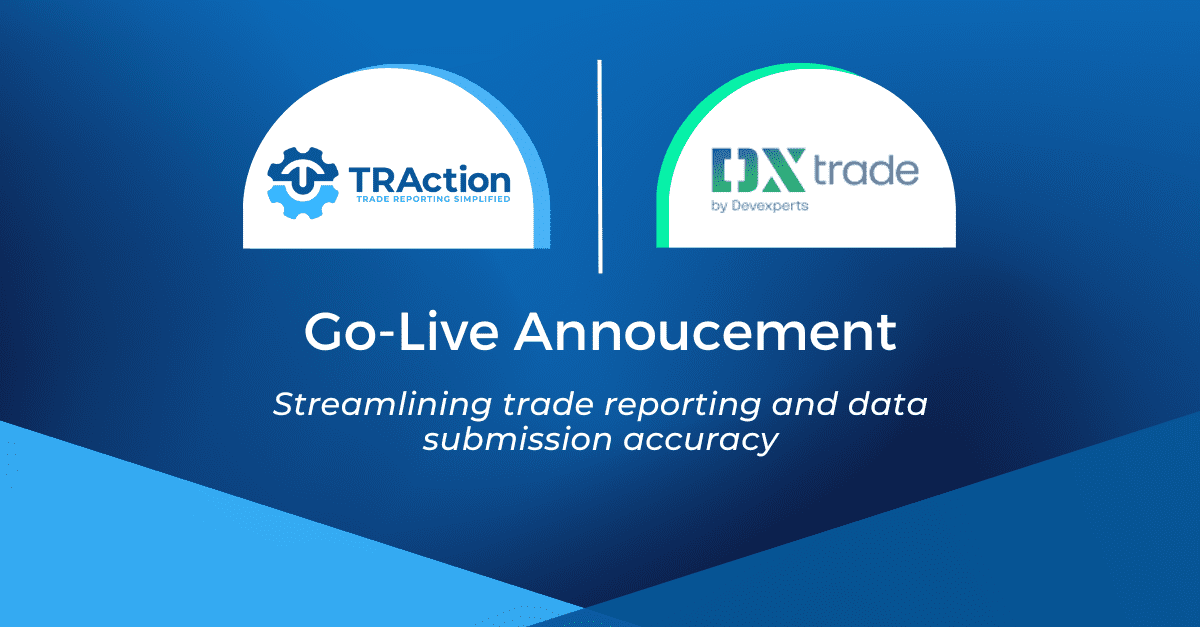What is it?
The latest update to the Markets in Financial Instruments Directive (MiFID II), being the regulatory framework for financial markets in the European Union (EU). As it is a fairly major update the industry sometimes calls it “MiFID III” or “MiFID 3”.
Why?
The European Parliament sums up the intent behind the amendments in the Directive quite nicely:
“The new rules establish an EU-wide consolidated tape for EU financial markets, as well as making changes to their market structure so as to increase their transparency and competitiveness.”
When is it?
On 8 March 2024, Regulation 2024/791 amending Regulation (EU) No 600/2014 (MiFIR) and Directive 2024/790 amending Directive 2014/65/EU (MiFID 2) on markets in financial instruments was published in the Official Journal of the European Union (‘Directive’).
The directive is expected to come into force at the end of 2025 or early 2026.
Most crucial changes under MiFID III and MiFIR 2
The 10 most important changes made under the Directive are listed below:
- Receiving payments for forwarding client orders for execution – known as ‘payment for order flows’ (PFOF) – is going to be banned. This will take effect immediately, except in certain countries for which the ban will have to be applicable by mid-2026.
- Suitability assessments and marketing communications.
- Introduction of an EU wide Consolidated Tape (MiFIR).
- Article 23(1) (trading obligation for investment firms) provides that an investment firm must ensure that the trades it undertakes in shares with an international securities identification number (ISIN) take place on a regulated market.
- Articles 26 (obligation to report transactions) and 27 (obligation to supply financial instrument reference data), further empower ESMA to adopt draft RTS with regards to transactions-reporting and reference data, and obliging the authority to submit to the Commission a report assessing the feasibility of more integration in transaction reporting and streamlining of data flows.
- The amendments to Article 5 (volume cap) would replace the current double volume cap (4% and 8 %) with a single volume cap set at 7 % for trades executed under the reference price waiver or the negotiated trade waive.
- Sanctions for violations: Sanctions will apply to violations for things such as volume caps, contributions to consolidated tape providers (CTPs) and data quality standards
- Extension of scope: (i) alternative investment fund managers (AIFMs) and management companies will be in-scope and (ii) the scope of derivatives subject to the clearing obligation under MiFIR II will be broadened.
- Clarification of the Systematic-Internaliser (SI) regime with designated reporting entities, on an ESMA list. Under the amendments, an investment firm should be considered an SI when it is deemed to perform its activities on an organised, frequent, systematic and substantial basis or in cases it chooses to opt-in under the SI regime.
- Addition of new fields or changes to existing fields for alignment of transaction reporting across EMIR, SFTR, MiFIR regimes and international standards.
How should I prepare?
- Your MiFIR transaction reporting requirements are unlikely to change drastically, though ESMA has inserted a provision to adopt a new draft RTS that could impact transaction reporting.
- If you have real time trade reporting obligations (to an APA) these may change as part of the EU wide consolidated tape – you should check with your APA.
- If you have any arrangements that contravene the PFOF provision you’ll need to look into terminating them.
- Consider if you are affected by any changes to net position limits under the revised volume cap.
Contact TRAction if you need any assistance with the above action items ahead of the Directive coming into force.




